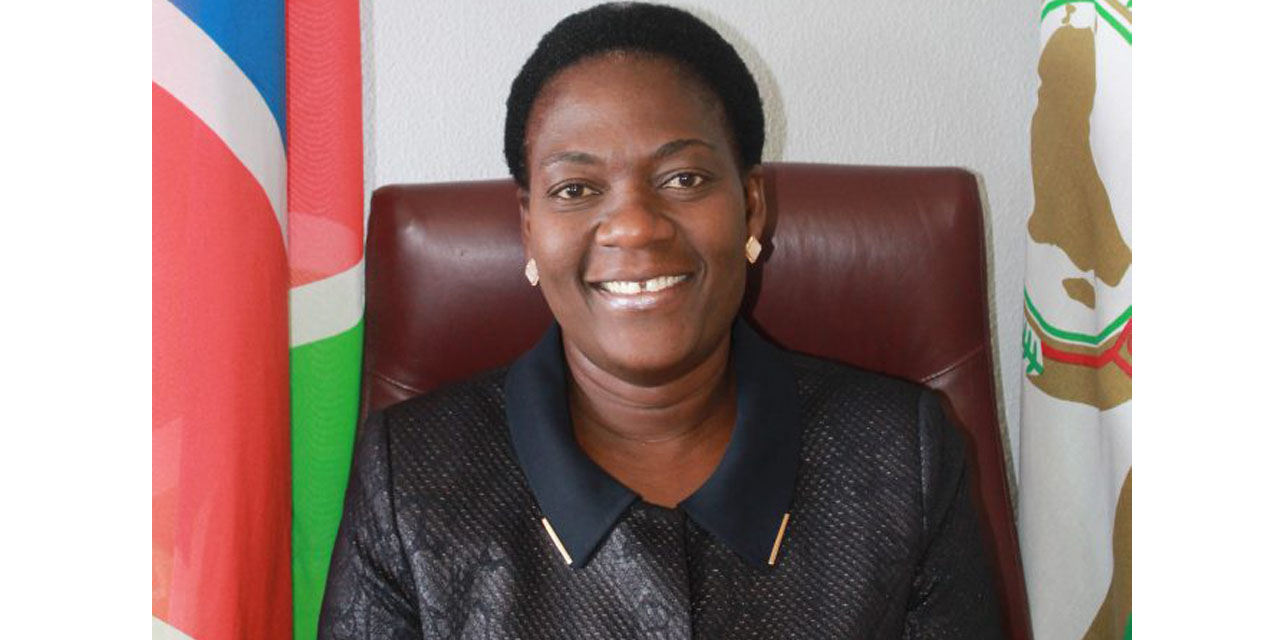Tujoromajo Kasuto
Only applicants with guaranteed income with payslips are eligible to benefit from the newly launched Green People Energy Fund.
The GIZ sponsored fund provides just over five million Namibia dollars to the Solar Revolving Fund to offer subsidised loans to Namibian citizen at an interest rate of five percent per annum over five years.
The Deputy Minister of Mines and Energy, Kornelia Shilunga explains that the revolving aspect of the fund is to ensure that more people benefit from the facility.
The Green People’s Energy new funding window targets a different range of beneficiaries such as low-income individuals, rural micro enterprises and business owners that range from retail shops, bakeries, tailors, carpentry operators, small scale farmers in poultry, crop farming and other farming activities.
Shilunga said low income earners will be financed at a maximum fund of to N$20 000 interest free while farmers will be financed at a maximum limit of N$60 000 and traders N$95 000 and four percent interest per annum.
The Green People’s Energy Project is a joint project between the German government through GIZ and the Ministry of Mines and Energy.
The objective of the project is to strengthen the renewable energy sector with a focus on promoting off grid electrification in rural areas.
The project is also to stimulate demand for the deployment of renewable energy technologies n off-grid areas, especially for communities living in rural areas, but also for urban clients.
The project, Shilunga said, is part of the ministry’s Off-Grid Energisation Master Plan of Namibia that is geared towards providing access to suitable renewable energy technologies in off-grid areas.
‘’There are 235,884 rural households of which 35,855 households are connected to the grid, while 18,324 households have access to solar energy, giving a rural electrification rate estimation of 20 percent,’’ the deputy minister said.
Furthermore, statistics show that over 80 percent of rural households use wood for cooking and over 50 percent or rural households use battery lamps, torches or cellphones for lighting with 10 percent using candles.
Households with access to renewable energy for cooking are less than two percent and about seven percent for lighting.
During Harambee Prosperity Plan ll, she highlighted that the government and the Ministry of Mines and Energy aim to electrify about 6,000 rural and 13,000 per-urban households.
Therefore, ‘’this project aims to contribute towards achieving the energy goal of secure and cost effective energy supply’’.
The funding under this project forms part of the targeted outcomes of creating conducive investment and framework conditions to support renewable energy projects in Namibia.




